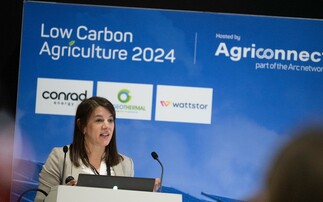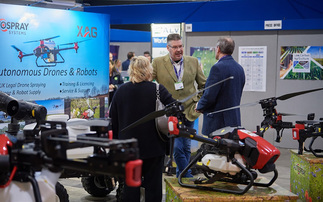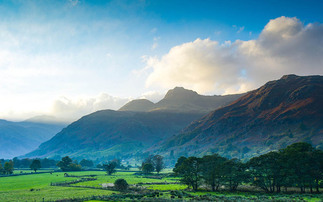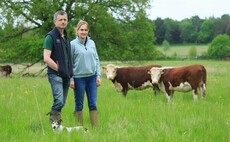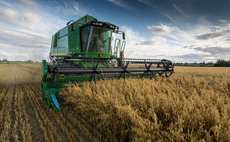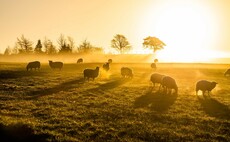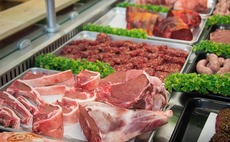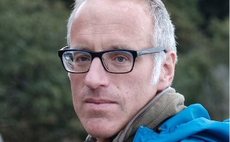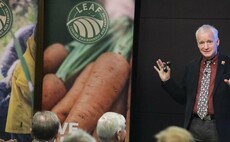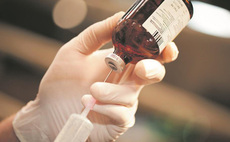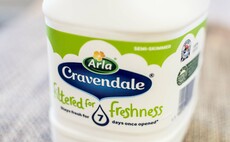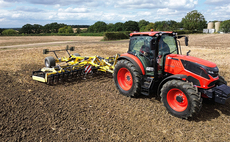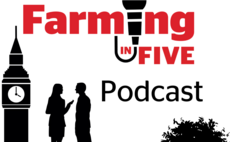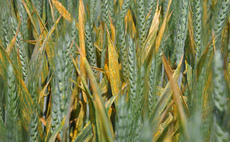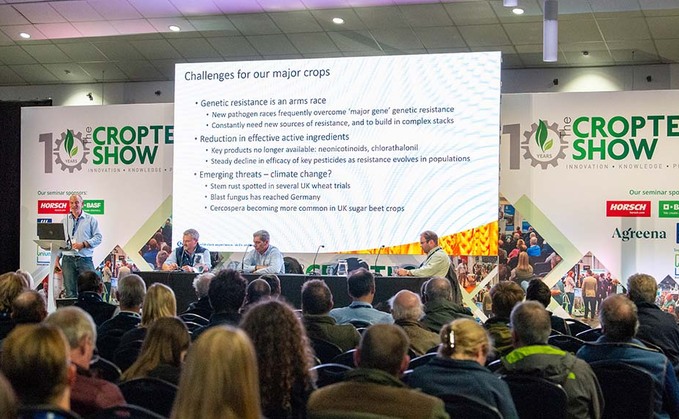
CropTec 2022 offered a great insight into the latest news and technology in the arable industry. ��ż��� reports on some of the key takeaway points from the seminars.
Managing land in a different way
��ż��� need to think differently about their land and what they do as the importance of natural capital grows.
Speaking at the natural capital seminar at CropTec, sponsored by Agreena, Andersons’ George Cook said that there was a lot of talk about natural capital, but that ‘monetising it is quite a challenge’. However, he added that since World War II, food production has taken priority, but warned that “the tide is shifting now, and we will need to get used to managing land in a different way.
“We’ve got used to bullying land, and have to go back to school to look at other solutions.”
He explained that natural capital is a wide ranging description covering any element of nature that produces value or benefits to people, directly or indirectly. In farming it can involve things such as influencing water quality or carbon capture. On-farm, making the most of natural capital should start with considering retaining more of your inputs on-farm and not losing them, he said.
Biodiversity also needed be a focus. This was easiest tackled by thinking about birds and bees, he said; what did they need to live well on-farm all year round?
Cover cropping would help improve biodiversity, but also gave other benefits such as making maximum use of available sunlight, and helping soils cope with more intense rain. He added that a 5mm raindrop had 500 times the kinetic energy of a 1mm raindrop, making short, heavy rainstorms particularly damaging to bare soils which were more easily eroded.
Project aims to provide agronomic guidelines for PCN trap cropping best practice
An on-farm project aimed at improving potato cyst nematode (PCN) trap crop success should be discussing its first trial results in February after this season’s on-farm research.
Five growers have been trialling three species of trap crop – DeCyst-Prickly, DeCyst-Broadleaf and DeCyst-Podium. All mimic potatoes by acting as a host plant but prevent the nematodes from completing their lifecycles, reducing the impact of PCN on subsequent potato crops.
Speaking at CropTec, Janine Adamson of Crop Health and Protection (CHAP) explained that the five growers worked alongside CHAP, Harper Adams, Produce Solutions and VCS Potatoes in the trials which are funded by Defra’s Farming Innovation Programme and Innovate UK.
PCN infestation can cause losses of up to 80 per cent of crops, and is estimated to cost the sector 31m each year.
The collaborative trials aim to produce agronomic guidelines for best practice such as sowing dates, weed control and general management. They will also give a greater understanding of the performance of different solanaceous trap crop under UK conditions, and the work should lead to increased uptake of trap crops for sustainable pest suppression.
“��ż��� have said that trap cropping didn’t work well in the past, but there is real potential now, and it’s particularly important when we might potentially be losing another nematicide,” said Ms Adamson. She added that there were additional soil health and biodiversity benefits from trap cropping too.
Regen farming can deliver carbon negative malting barley
While many growers might think that energy for the malting process is the most carbon intensive part of production, the reality is that growing barley is the biggest contributor. However, that means maltsters are interested in opportunities to reduce this; carbon negative malt is possible and could drive revenue.
According to Dr Nigel Davies, director of Maltdoctor, some brewers and distillers are moving contracts to maltsters who have a verified sustainability agenda, and in particular one that addresses supply and includes support for farmers who are engaged in regenerative agriculture.
He told the audience at the natural capital seminar at CropTec that the Euromalt carbon calculator showed growing barley contributed about 62% to the carbon footprint of malting, compared with about 25% contribution from gas and about 8% from electricity. Of the barley figures, N fertiliser accounted for 48%, N2O from soil, 35%, and fuel 17%.
Adopting regenerative agriculture practices of cover cropping and min till would deliver soil carbon gains ‘within weeks’, he said. This would be at a far lower cost than tree planting and meant no long-term land use change. It would also mean verifiable carbon credits could be generated for companies to ‘inset’ within their supply chain, which would allow them to market their products as having ‘purpose’.
“Regen ag can deliver carbon negative barley now, and needs to move at scale. It could provide the majority of carbon neutralisation and de-risk the supply chain without paying a premium and instead pay a price for carbon - it is a new way to invest in farming. Maltsters are interested in managing risk, and sharing prosperity,” he said.
First investment in biodiversity projects
Farmer organisation The Green Farm Collective (TGFC) has achieved its first investor in the biodiversity projects that it launched earlier this year.
Speaking at the natural capital seminar at CropTec, sponsored by Agreena, one of TGFC’s farmer directors, Michael Kavanagh, said that a flooring manufacturer from Birmingham had been its first biodiversity investor.
The business had bought two hectares of cover cropping and a similar area of wild flower margins, and was attracted by the ability to use it as a marketing opportunity for their business.
While Mr Kavanagh declined to put a total value on the investment, which had occurred on fellow director Tim Parton’s Staffordshire farm, he said it was ‘dwarfing Countryside Stewardship Scheme values’.
In addition to offering companies and individuals the chance to invest in biodiversity projects, TGFC is also selling carbon credits. It had currently sold 11 carbon removal credits with biodiversity improvement certificates at 100/t, comprising 3,000kg CO2 sequestered by the soil on the investor’s chosen farm, and 8,000kg CO2 sequestered in biomass, he said.









